Back in Los Angeles after four months in Baton Rouge, Louisiana, where I directed a three hour Bonnie & Clyde for a combination of networks — Sony, A&E, Lifetime and the History Channel. No, it isn’t a remake of the Arthur Penn/Warren Beatty/Faye Dunaway film, but a somewhat more historically accurate take on the same exotic couple who blasted their way across the Southern states, killing 14 people in the course of their mostly inept robberies. They died in 1934, both aged 24, in a police ambush. Both were shot over 30 times.
On my first day in Los Angeles, just off the plane from Sydney, I went to a meeting at Sony with at least 20 executives — from the studio head, to publicity and marketing. They were enthusiastic about the project and seemed convinced, luckily for me, that I am the right director. There is no problem with violence in the film, I am told, but the TV authorities frown on nudity. I point out that Bonnie and Clyde were ardent lovers. So? They can kiss and hug but — no nudity. ‘You can go as far as a bare back,’ a lady executive tells me, ‘but no bum cracks.’
Louisiana is a busy production centre these days because of a generous kickback scheme which returns around 40 per cent of the cost of a film to the production company. So, despite the fact the state is flat and hot and mostly swamp, all kinds of films are being made, many of them ostensibly set in other states or even other countries. A year ago I was asked if I thought I could film Oscar Wilde’s Woman of No Importance in Louisiana. Could it stand in for Surrey? Too much of a stretch, I thought.
Bonnie and Clyde, though, were often in Louisiana. They died there. Our biggest problem was recreating the early 1930s in 2013. We had to restore old abandoned houses, look for sections of towns that hadn’t been demolished for shopping malls and, hardest of all, find old cars that had been restored and actually moved. I found out that top speed in those days was about 45 miles per hour. Our old buggies couldn’t do more than 30 mph which made our scenes with Bonnie and Clyde being chased by the police look like slow motion. No wonder they undercranked all those old movies.
Auditions for the numerous smaller roles in Bonnie & Clyde (leading actors are Emile Hirsch, Holliday Grainger, Holly Hunter and William Hurt) are held in Los Angeles and Baton Rouge. One young actor confessed to me that he usually went to auditions pretending to be an Australian — because Australian actors are so popular in America these days — but thought there was no point in trying to fool me. Their popularity, I gather, results from a combination of work ethic, solid training, amiability and skill with accents.
From time to time I abandon the editing room for an hour or so to meet producers about other projects. Some excellent scripts have floated my way, but finance is a problem for all of them. Except for the super-dooper blockbusters, budgets (and, needless to say, salaries) have dropped dramatically in the past five years. The DVD market has collapsed because of Netflix and other direct suppliers, from whom returns are diminished and evidently hard to track. Worst of all, according to potential investors, are the ‘millions of kids all over the world who download the films and watch them for nothing’.
One producer for an excellent script about Cuban refugees from Castro tells me that if he can get a couple of star names on board, with me attached as director he can possibly find finance. ‘Although,’ he points out, ‘you’re not as hot as you were when you did Driving Miss Daisy (1989) and Tender Mercies (1981).’ He agrees that Mao’s Last Dancer (2009) is as good as those two films but ‘the critics didn’t like it’. Evidently many investors read reviews rather than watch the films.
A call from Barry Humphries to tell me our mutual friend, the painter Jeffrey Smart, has died. I first met him in 1954, when he was the Art master at my school. I frequently visited him at his house near Arezzo, in Italy. Even at the age of 90, although in a wheelchair, he had lost none of his quick wit or his dazzling memory. His capacity for work had barely diminished. With awe I watched him paint his last work — a technically accomplished labyrinth. A man could be seen lost in the maze… ‘That is H.G. Wells,’ Jeffrey told me.
A new book My Lunches with Orson has appeared. Welles died in 1985 and these conversations were recorded, possibly without Welles’s knowledge, by a wealthy acolyte, Henry Jaglom. Unlike most film directors, Welles is a fascinating conversationalist with startling views on almost every topic. He said: ‘Gielgud used to play Shakespeare as though he were dictating it to his secretary.’ ‘I’m not interested in other filmmakers — or in the medium. It’s the least interesting art medium to watch; only ballet is less interesting.’ He admired few of Hitchcock’s films, particularly disliking Vertigo (1958, with James Stewart and Kim Novak) and would no doubt rise straight up out of his grave if he knew that a recent poll of film critics chose Vertigo above Citizen Kane (directed by Welles in 1941) as ‘the greatest film ever made’.
Sadly, a lot of the conversation with Jaglom revolves around Welles fruitless efforts to find finance for a film of King Lear. Promises from people all over the world lead nowhere. The film was never made despite his previous superb Shakespeare films, Othello (1952) and Chimes at Midnight (1965). A producer friend points out to me that Jaglom, from a fabulously wealthy family, could have helped his friend by financing the film himself.
Got something to add? Join the discussion and comment below.
Get 10 issues for just $10
Subscribe to The Spectator Australia today for the next 10 magazine issues, plus full online access, for just $10.
You might disagree with half of it, but you’ll enjoy reading all of it. Try your first month for free, then just $2 a week for the remainder of your first year.

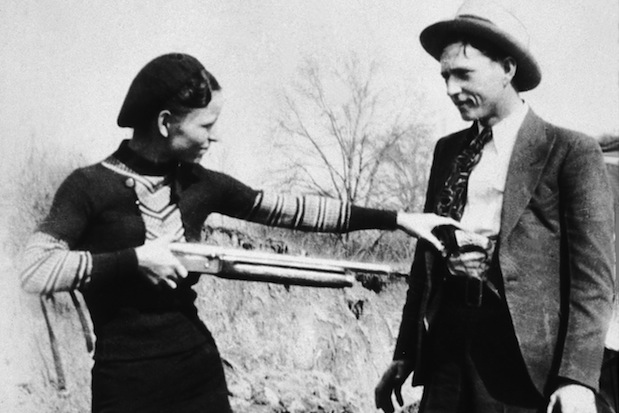
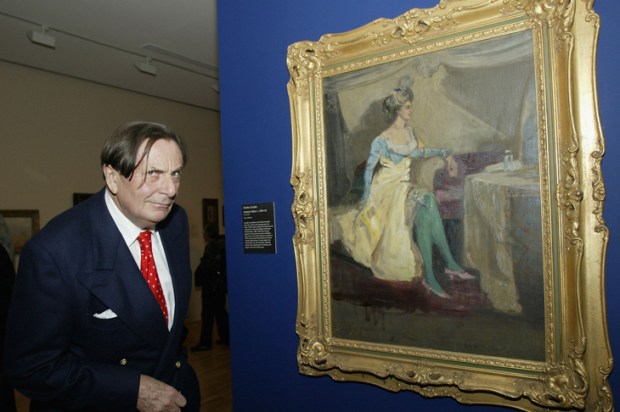

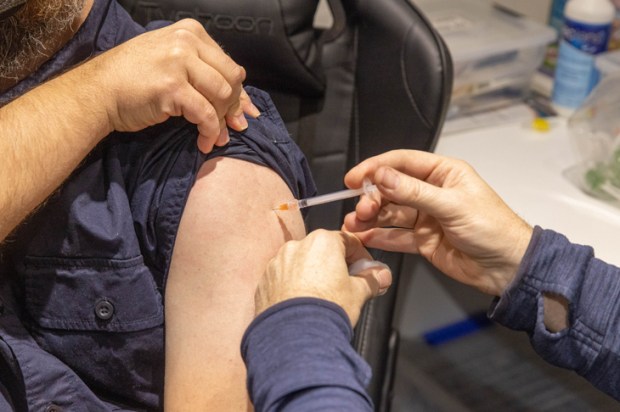
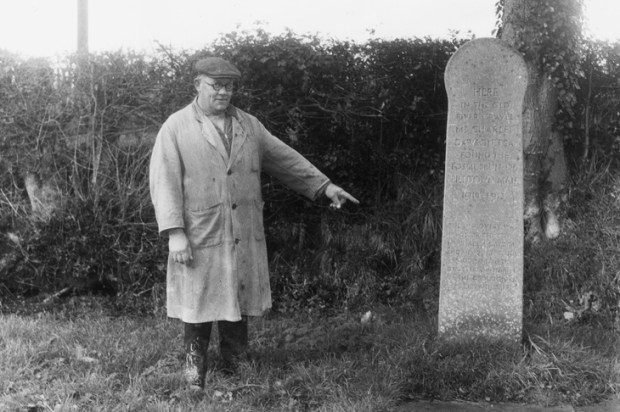

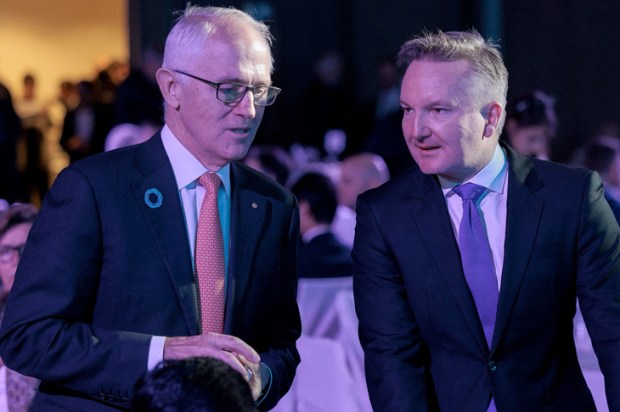






Comments
Don't miss out
Join the conversation with other Spectator Australia readers. Subscribe to leave a comment.
SUBSCRIBEAlready a subscriber? Log in